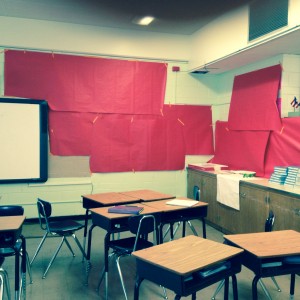In many zip codes, America’s educational system appears to be broke, broken, brokest. Kids in those zip codes can’t afford summer learning loss. Students in our weakest districts are already behind in school and the evidence suggests they fall farther behind their counterparts in academically-stronger districts over summer vacation. I have already advocated for a longer school year for our lower-functioning students to give those students a chance to catch up. If districts contend they can’t afford that longer school year, given our school funding set-up, then we can at least diminish summer learning loss.
Two types of year-round calendars exist, single track and multitrack. The latter can be used to manage school overcrowding, when student populations have expanded beyond use of local facilities. I’d like to look at the single track option, which offers a more balanced calendar year with more continuous instruction. Simply, we shorten the long summer vacation by distributing vacation days throughout the school year, creating periods called “intersessions.” Ideally, intersessions can be used for tutoring, remediation and enrichment, allowing students who need or want extra help to attend targeted instruction during an intersession. Single-track calendars vary, but common formats are 45-15, 60-20 and 90-30. Students attend school for 45 days, for example, and then have a 15 day break or intersession. The school year in this scenario still nets out to 180 days, but without that long summer period that leads to forgetfulness in many students.
Eduhonesty: In an ideal universe, we would reform funding so that schools could be kept open for tutoring and remediation during the intersession. Intersessions could be used to provide the extra instruction necessary to help students who have fallen behind, returning those students to grade level.

